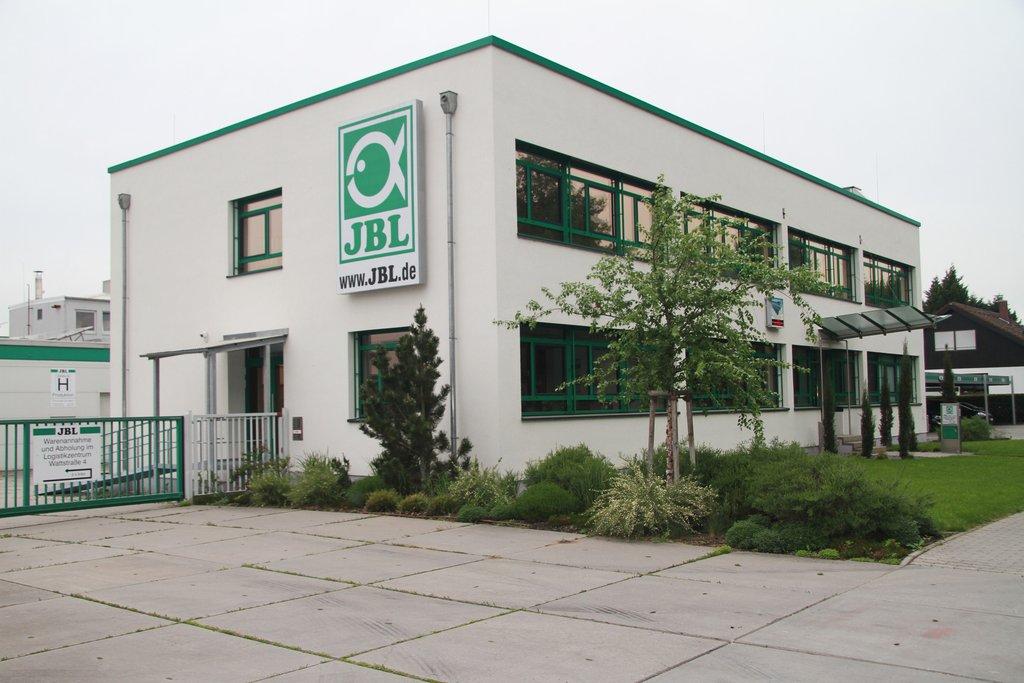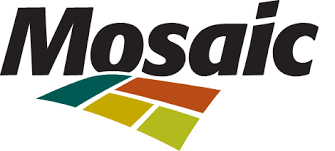.jpeg)
Is Instacart (CART) a Smart Investment? Explore key growth drivers, risks, and valuation insights in our in-depth analysis. Read now!
Featured Company Profile
CART
Instacart (Maplebear Inc.)
$43.75
11.41 Billion
N/A
N/A
Specialty Retail
Consumer Cyclical
Stock Analysis: Instacart (CART) – Q4 2024
Summary
Instacart (Maplebear Inc.) is a leading online grocery delivery platform with a dominant position in the U.S. online grocery sector. The company continues to expand its offerings through strategic partnerships, enterprise solutions, and advertising monetization. Q4 2024 results highlight revenue growth, improved profitability, and strong engagement with Instacart+ members, but concerns remain around declining cash reserves and a competitive grocery landscape.
Investment Potential
- Short-Term Outlook (2025-2026): Hold
- Long-Term Outlook (2027+): Moderate Buy
- Recommendation: Hold with potential for a Speculative Buy based on execution of enterprise solutions and advertising growth.
Financial Highlights
- Revenue: $3.38B (Up 11% YoY)
- Gross Profit: $2.54B (75.3% margin)
- Net Income: $457M (Turnaround from -$1.62B in 2023)
- EBITDA: $489M (14.5% margin, up from -$2.08B in 2023)
- Operating Cash Flow: $687M
- Free Cash Flow: $623M
- Stock Buybacks: $1.4B worth of shares repurchased in 2024
- Cash Reserves: $1.43B (Down from $2.13B in 2023)
- Debt: Low leverage with $26M total debt
- EPS: $1.73 (vs. -$12.43 in 2023)
Macroeconomic Headwinds
- Grocery Inflation: 25% increase in grocery prices since 2019 affects consumer affordability.
- Competition: Expansion from Amazon Fresh, Walmart, and DoorDash into grocery delivery.
- Ad Spending Environment: Challenges in CPG advertising budgets, impacting revenue growth.
1. Short-Term Investment Outlook (2025-2026)
🔴 Risks & Challenges
- Regulatory & Competitive Risks: Instacart faces pricing pressures from retailers like Kroger, which have moved to in-store pricing parity, limiting its ability to mark up groceries.
- Cash Burn & Declining Reserves: $1.4B in stock buybacks significantly reduced cash reserves, limiting future flexibility.
- Declining Average Order Value (AOV): Growth in restaurant orders and small basket sizes could weigh on per-order profitability.
- Customer Retention & Loyalty: Instacart+ adoption is growing, but long-term retention against free retailer-owned delivery programs (Amazon Prime, Walmart+) remains uncertain.
🟢 Growth Drivers
- Advertising Revenue Expansion: 7,000 active brand partners with $1B+ annual ad spend; Carrot Ads growing with 220 retailer partners.
- Enterprise Solutions: Growth in storefront technology and fulfillment solutions, including Caper Carts and digital flyers.
- International Expansion: Early traction with enterprise solutions in Australia and Austria (Coles, ALDI pilots).
- AI & Automation Enhancements: Use of AI in inventory tracking, substitutions, and advertising optimization.
⚠️ Verdict: Hold / Speculative Buy
Instacart has strong profitability and cash flow, but execution risks remain around AOV declines and competitive pressures.
2. Long-Term Investment Outlook (2027 & Beyond)
🟢 Long-Term Growth Drivers
- E-Commerce & Online Grocery Trends: Online grocery penetration remains low, presenting a multi-year growth runway.
- Retail Media & Ad Growth: Expansion of Instacart Ads & Carrot Ads positions the company as a leader in digital grocery advertising.
- In-Store Solutions Expansion: Caper Carts and fulfillment solutions offer a B2B growth avenue beyond consumer orders.
- International Market Penetration: Opportunity to expand enterprise offerings into new geographies.
🔴 Long-Term Risks
- Retailer-Owned Marketplaces: Competition from grocers investing in their own digital storefronts.
- Tech & AI Competition: Google, Meta, and Amazon expanding AI-driven shopping experiences.
- Economic Headwinds: Macroeconomic downturns may impact consumer discretionary spending on delivery services.
✅ Verdict: Moderate Buy / Watchlist
Instacart has a strong market position, but must scale enterprise solutions and advertising to justify long-term investment.
3. Business Quality
- High Quality: Strong gross margins, positive free cash flow, and expanding enterprise offerings.
- Moderate Risk: Competitive pressures and execution risks in advertising and enterprise expansion.
- Speculative: Uncertainty around retailer pricing strategies and ad growth rates.
4. Valuation & Intrinsic Value
Key Ratios (FY 2024)
- P/E Ratio: 3.69 (Low, suggesting potential undervaluation)
- P/B Ratio: 3.23
- P/S Ratio: 2.96
- P/FCF Ratio: 16.02 (Moderate for growth stocks)
- Free Cash Flow Yield: 6.25% (Above risk-free treasury yield, attractive for value investors)
DCF-Based Intrinsic Value
- Projected Growth Rate: 10% CAGR (conservative estimate)
- Discount Rate (WACC): 9%
- Terminal Growth Rate: 3%
- Estimated Intrinsic Value Per Share: $42-$50 (vs. Current Price: $38.90)
Investment Comparison & Conclusion
- Stock appears slightly undervalued based on earnings growth potential and free cash flow yield.
- Valuation is attractive if ad and enterprise solutions continue to scale at expected rates.
5. Final Investment Assessment
- 📌 Short-Term (2025-2026): Hold / Speculative Buy
- 📌 Long-Term (2027+): Moderate Buy / Watchlist
6. Additional Considerations
- Sector & Industry Classification: E-commerce, Online Grocery, Retail Media
- Macroeconomic Factors: Inflation, consumer discretionary spending, ad spending environment
- Company-Specific Announcements: Increased share buybacks, AI investment in retail media
- Technological Integration: AI-driven product discovery, inventory management, and advertising solutions
- Shareholder Returns: $1.4B stock buybacks in 2024, indicating capital return strategy
Disclaimer
"This analysis is for informational purposes only and not financial advice. Conduct independent research before investing."
Disclaimer:
The information provided in this article is for educational purposes only and should not be construed as investment advice. estima...
Author
Shaik K is an expert in financial markets, a seasoned trader, and investor with over two decades of experience. As the CEO of a leading fintech company, he has a proven track record in financial products research and developing technology-driven solutions. His extensive knowledge of market dynamics and innovative strategies positions him at the forefront of the fintech industry, driving growth and innovation in financial services.


